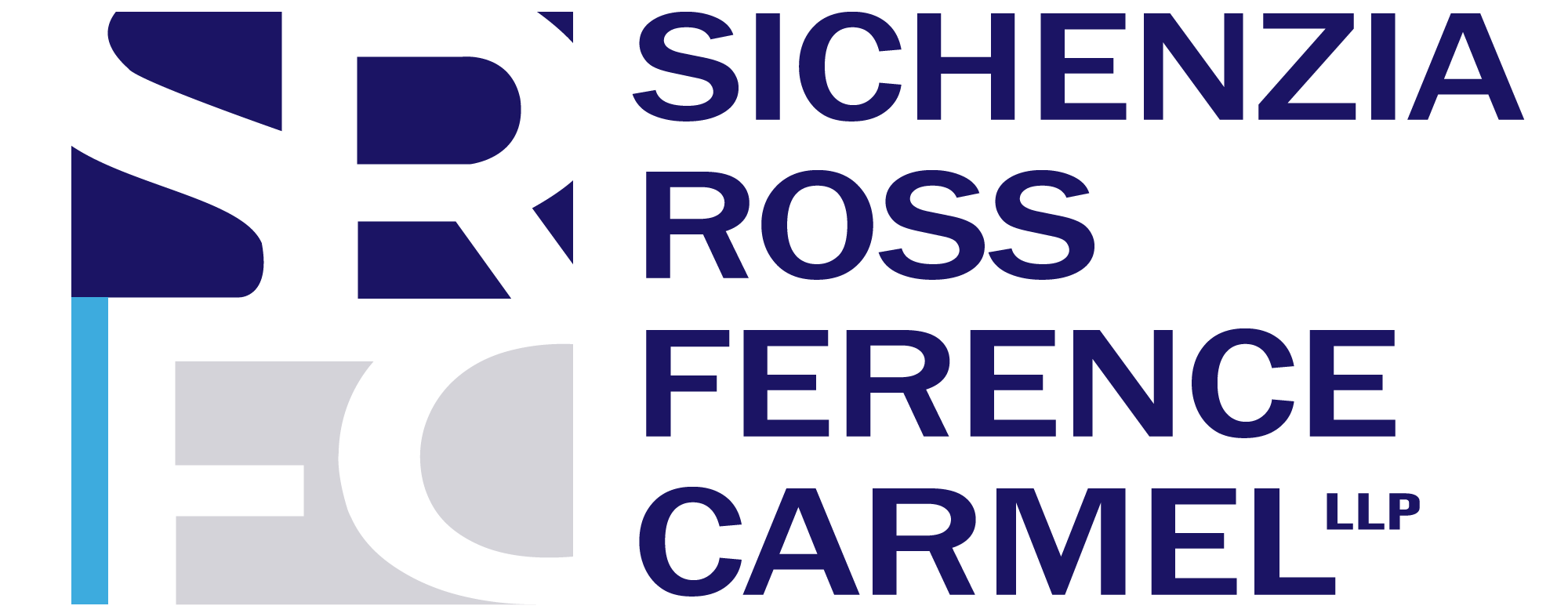This week Sichenzia Ross Friedman Ference LLP Partner Gregory Sichenzia discussed the recent trend of big “brand name” companies going public, the current state of IPOs and the related opportunities for both businesses and investors in his blog series on Huffington Post.
Read the full transcript below or visit the live blog post here:
The Age of the Household Brand IPO: Why Are So Many Established Companies Going Public?
The initial public offering (IPO) market is on track to deliver approximately 200 IPOs for the third straight year, after a strong second quarter in 2015, which raised more than $13 billion for 75 IPOs. Activity is expected to increase in Q3, with more than 120 companies in the pipeline to go public in the coming months, including many established, well-known consumer brands such as Ferrari, Petco and Planet Fitness.
There are many factors that are likely driving this trend, including the costs associated with going public, the increased security offered by buying stock of well-known companies and today’s market conditions, which are discussed in more detail below.
IPOs are not just for entrepreneurs . Filing for an IPO is a long and costly process that involves careful planning from a company’s key decision makers, including its CEO, CFO, underwriters, legal team as well as investment banking partners. As such, companies must weigh the pros and cons of going public before putting the thought into action. For some emerging companies, going public might help them raise the necessary capital to help with research and development, publicity or to attract new key talent.
But the process of taking a company public is long and expensive, with many firms spending more than $1 million on one-time costs associated with the transaction. If a company is already well-known and successful, there is a greater likelihood that they will have some cash available on the sidelines to spend on these one-time costs of going public, and will benefit from a clearer history of healthy financials and growth trajectory than smaller lesser known companies.
But high costs isn’t the only reason that larger, more successful companies might be deciding to go public this year. By going public now, established companies will benefit from a huge cash infusion, which will buffer against the continued imminent risks presented in the global and U.S. markets and help them navigate through these turbulent economic times. This capital infusion can be used to pay down existing debt or to leverage funds to expand the company’s market share through the strategic acquisition of a competing brand.
Finally, founders and executive teams at established brands may want to sell company shares for profit and begin another company or retire, or as a means of mitigating risk by creating a larger pool of shareholders.
Market potential for investing in a successful company. Many experienced self-directed investors have benefited significantly from getting in on the ground floor of a tech start-up after it went public. For some, that excitement around the unknown is the thrill behind investing in companies when they go public. But for most average investors, making these kinds of gambles is too risky because of the fluidity of the markets and the possibility for diminished returns.
Therefore, for most investors out there, household name companies almost sell themselves. These are highly visible companies with proven track records of growth and well-known services or products, which in turn give average investors an increased sense of security when buying their stock because they know what they are investing in. Take Petco for example; a brand that is almost ubiquitous to consumers. Established in 1965, the company now has more than 1,400 stores across the United States, Mexico and Puerto Rico and has come to be known as the leading pet specialty retailer. After announcing plans to debut its stock on the public market, reports are showing that the company could be valued at between $4 billion and $5 billion,including debt. Given estimates that consumers in the United States are expected to spend approximately $60.59 billion on their pets in 2015, it is no wonder Petco decided now was the time to go public, given the market potential and increased investment interest in the sector more broadly.
Finally, investing in household company that produces a luxury product, such as Ferrari, allows consumers to own a stake in the company even if they can’t necessarily afford the product. In its filing, Ferrari explains its plans to offer approximately 10% of the company’s stock to the public, allowing average consumers the chance to won a portion of one of the world’s most recognizable and strongest brands in existence today. According to a recent report by Bain & Company, the global luxury market is expected to experience a 2-4% rate of growth in 2015, at a time when the U.S. dollar continues to strengthen against other currencies worldwide, making now a good time to go public.
The Future: More Big Name IPOs. 2015 is an exciting time for companies to go public, including widely known companies that have enjoyed growth and success in the private sector for so long. Expectations remain positive for continued IPO activity, especially as market conditions continue to improve in the United States amid growing concerns in Europe and Asia.
As with any investment, there are risks associated with buying stock of a company as it goes public and investors are wise to educate themselves on the overall health of the company before making any investment decisions. However, as we look at the pipeline of IPOs coming to market in the coming months, we continue to see many recognizable names preparing their debut. This, coupled with rumors of such popular brands as Hostess, Claire’s and Pinterest planning to go public, we will likely continue to see these types of familiar entities stage their IPOs in the future.
[starbox id=1]

